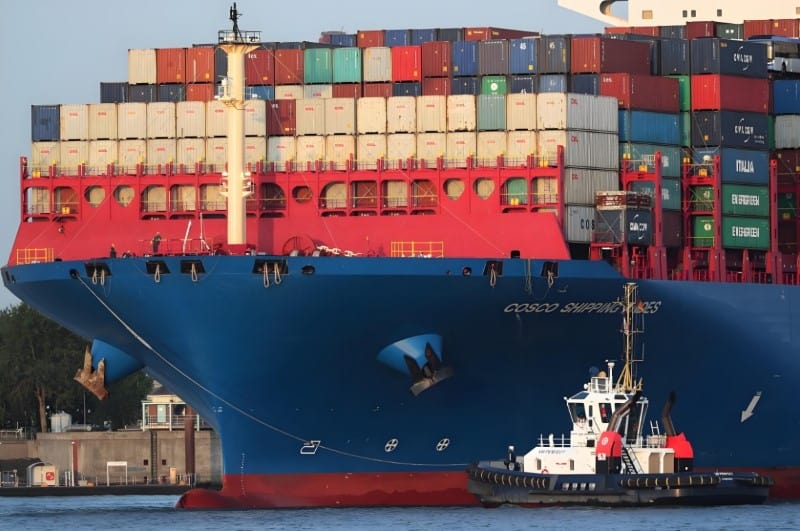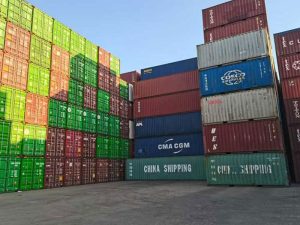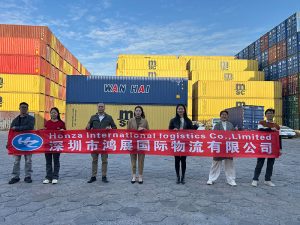International freight forwarding dangerous goods transportation includes 10 categories, including explosives, oxidizers, compressed gases, liquefied gases, self-igniting items, items that burn when in contact with water, flammable liquids, flammable solids, poisonous substances, corrosive substances, and radioactive substances.
Due to their special physical or chemical properties, these dangerous goods may cause harm to personal safety, property safety, or the environment during production, operation, transportation, storage, use, and disposal. For example, explosives are explosive, oxidizers may cause combustion or explosion, compressed gases, and liquefied gases may leak or explode if improperly handled, self-igniting items can also heat up and burn without external heat sources, items that burn when in contact with water will burn or explode rapidly when in contact with water, flammable liquids, and flammable solids are easy to ignite or burn under certain conditions, poisonous substances may contain toxic components, corrosive substances will corrode or damage other items, and radioactive substances may release radioactive substances, posing a threat to human health and the environment.
In the field of international freight forwarding, it is crucial to correctly classify and handle these dangerous goods to ensure the safety of the transportation process. For example, some flammable goods such as cotton, linen, coal powder, etc. can be treated as ordinary goods when the content, concentration, and piece weight are all less than the prescribed limits. However, most dangerous goods require special protection and transportation according to specific rules to avoid accidents.
International freight forwarders need to pay special attention to timeliness when transporting dangerous goods.
Transport identification and packaging: Professionals must conduct transportation identification for dangerous goods to validate documents such as dangerous goods packaging certificates. Additionally, they must reinforce the packaging strictly according to the transportation method’s requirements to prevent dangers caused by goods leakage. Cost and transportation timeliness: It is necessary to confirm the cost with the agent in advance and understand the possible actual expenses, such as inspection fees. At the same time, international transportation involves multiple links, such as factories, transportation agents, and yard ports, requiring all parties to cooperate closely to ensure timely transportation.
Customs declaration: When importing dangerous goods, it is necessary to fill in information through a single window, including inspection and quarantine names, dangerous goods information, cargo attributes, etc., to ensure the accuracy of the declaration. In addition, relevant materials such as the Declaration of Conformity for Imported Hazardous Chemicals, Chinese Hazard Publicity Label, Safety Data Sheet Sample, etc. must be provided.
Booking Time: Booking of hazardous goods requires manual review, so the space is slow to be available. The shipping company reviews the documentation, and they usually close the hazardous declaration four or five days before the ship departs. Therefore, we recommend that customers book two weeks in advance to allow enough time for hazardous declaration and other related operations.
Delivery Requirements: At the time of delivery, shippers must use standard packaging (cartons printed with UN) to ensure the safety of the goods.
In summary, when handling the transportation of hazardous goods, international freight forwarders need to pay attention not only to basic requirements such as packaging and identification but also to timeliness issues, including preparing the required documents in advance, arranging booking time reasonably, ensuring delivery standards, etc., to ensure that the hazardous goods can be delivered to the destination safely and on time. International freight forwarders need to pay special attention to timeliness issues when transporting hazardous goods.




